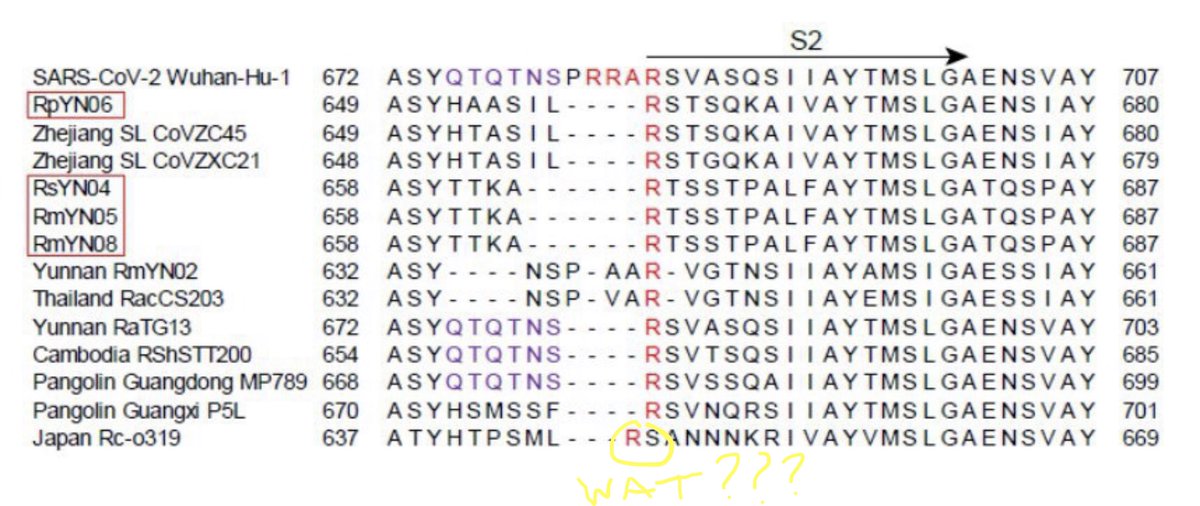
1/7
Ok let’s try to estimate our annual risk of contracting COVID. We have these nice CDC data from when there were just 15M cases in the US (after about 6 months of the pandemic). Now it’s 33M, icymi.
Ok let’s try to estimate our annual risk of contracting COVID. We have these nice CDC data from when there were just 15M cases in the US (after about 6 months of the pandemic). Now it’s 33M, icymi.

2/7
Let’s look at the 40-64 age group. We have 5M cases out of ~100M ppl, i.e. a 5% incidence in 6 mo/15M cases, which I think we can extrapolate to 10M cases out of 30M/12mo. => annual risk of 10% for people aged 40-64.
Quick sanity check: 33M cases out of 330M is also 10%.
Let’s look at the 40-64 age group. We have 5M cases out of ~100M ppl, i.e. a 5% incidence in 6 mo/15M cases, which I think we can extrapolate to 10M cases out of 30M/12mo. => annual risk of 10% for people aged 40-64.
Quick sanity check: 33M cases out of 330M is also 10%.
3/7
Now, what is the risk of death for people aged 40-64 who got COVID? Well, we got about 0.1M dead out of about 10M infected, which means a nice round CFR of 1%.
Now, what is the risk of death for people aged 40-64 who got COVID? Well, we got about 0.1M dead out of about 10M infected, which means a nice round CFR of 1%.

4/7
Putting the 2 numbers together, if you are 40-64 in the US, your chances of getting COVID and dying from it are 1 in 10*100 or 0.1%.
Or at least they would be if nobody was vaccinating. Fortunately, thanks to all people who got a jab, rates of new inf are rapidly dropping!
Putting the 2 numbers together, if you are 40-64 in the US, your chances of getting COVID and dying from it are 1 in 10*100 or 0.1%.
Or at least they would be if nobody was vaccinating. Fortunately, thanks to all people who got a jab, rates of new inf are rapidly dropping!
5/7
However, the chance to catch COVID and die is still quite sizable. Probably not 0.1% anymore, but even if it is 5-10x lower now thanks to vaccinations, it is still 0.01-0.02% for the unvaccinated.
However, the chance to catch COVID and die is still quite sizable. Probably not 0.1% anymore, but even if it is 5-10x lower now thanks to vaccinations, it is still 0.01-0.02% for the unvaccinated.
6/7
How does that compare to your chances of dying from a jab?
Well, to date there’s been only 4434 *potential* deaths in the vaxxed, out of which only a few have been confirmed.
But even if ALL 4434 were caused by vaccines, that is still a negligible ~0.0044M/150M= 0.003%.

How does that compare to your chances of dying from a jab?
Well, to date there’s been only 4434 *potential* deaths in the vaxxed, out of which only a few have been confirmed.
But even if ALL 4434 were caused by vaccines, that is still a negligible ~0.0044M/150M= 0.003%.


7/7
Which means that even in worst case vaccine scenario and best case reduced Covid transmission rates scenario, today your risk of getting Covid and dying is still 10-20x times higher (0.01-0.02%, up to 0.1%) than the risk of dying from a vaccine (<0.003%).
So go get a shot!
Which means that even in worst case vaccine scenario and best case reduced Covid transmission rates scenario, today your risk of getting Covid and dying is still 10-20x times higher (0.01-0.02%, up to 0.1%) than the risk of dying from a vaccine (<0.003%).
So go get a shot!
• • •
Missing some Tweet in this thread? You can try to
force a refresh








